Industry information
Company News
- Fluorocarbon baked paint aluminum veneer: the new favorite of aluminum materials and the dark horse in the decoration industry!
- Customized aluminum veneer to create your own unique aesthetic space
- Fluorocarbon baked paint aluminum veneer: the new darling of modern architecture
- Aluminum veneer customization, creating a unique spatial aesthetic
- Aluminum veneer: the fashionable choice of modern architecture, one board, one world!
Industry dynamics
- Aluminum veneer: a fashionable element in modern architecture
- Creative aluminum veneer shaped curtain wall decoration
- How to choose suitable aluminum veneer materials
- Painted aluminum veneer: the new darling of fashionable architecture, revealing its unique charm!
- What are the advantages and disadvantages of aluminum veneer compared to glass curtain walls?
Frequently asked questions
- Is aluminum veneer prone to deformation?
- How many color and texture options are available for aluminum veneer?
- What is the thermal conductivity of aluminum veneer?
- What are the advantages and disadvantages of aluminum veneer compared to plastic exterior walls?
- What are the sustainability indicators of aluminum veneer in building exterior design?
contact us
Mobile:+86 15627778610
Email: 2201229786
Address: No. 5 Binjiang Road, High tech Zone, Zhaoqing City, Guangdong Province
Is the use of aluminum veneer in modern architecture subject to the requirement of recyclability of building materials? What are the requirements?
- Author: Supreme Building Materials (Guangdong) Co., Ltd
- Release time: February 23, 2025 11:48:37
- Click:0

The recyclability of modern architecture is increasingly being valued, andAluminum veneerAs a new type of building material, it also needs to have good recyclability to meet this requirement. This article will provide a detailed introduction from multiple perspectives on whether the use of aluminum veneer in modern architecture is subject to the requirements of building material recyclability and related requirements.
1、 Material selection
The material selection of aluminum veneer is one of the important factors to ensure its recyclability. Generally speaking, high-quality aluminum with good recyclability should be selected as the raw material for aluminum veneer, and appropriate surface treatment processes should be adopted to improve its recyclability and reuse rate. Aluminum veneers of different thicknesses and shapes can also be selected according to specific needs to meet different building requirements.
2、 Surface treatment process
The surface treatment process of aluminum veneer is also one of the important factors affecting its recyclability. Generally speaking, adopting environmentally friendly surface treatment processes can reduce the impact on the environment, while also improving the decorative effect and service life of aluminum veneer. During the surface treatment process, attention should be paid to environmental protection and health issues, and surface treatment materials and processes that meet national environmental standards should be selected.
3、 Recycling and Utilization
In the process of using aluminum veneer, if it needs to be recycled, it is also necessary to consider the recycling method and value. Generally speaking, aluminum veneer can be recycled and reused through methods such as classification, recycling, and reprocessing. However, it should be noted that the recycling of aluminum veneer needs to comply with relevant laws, regulations, and technical standards, while also considering factors such as its economic value and social benefits.
4、 Alternative selection
In addition to aluminum veneer, other building materials with good recyclability can also be chosen as alternatives. For example, renewable natural materials such as wood and bamboo can be used as building decoration materials; Reusable metal materials, glass materials, etc. can also be used as substitutes. These alternatives not only meet the requirements of recyclability, but also enhance the overall performance and aesthetics of the building.
The use of aluminum veneer in modern architecture requires the recyclability of building materials. This includes requirements for material selection, surface treatment processes, recycling, and alternative product selection. Only by fully considering these factors and taking corresponding measures for optimization and control, can the advantages of aluminum veneer be fully utilized to provide safer, more aesthetically pleasing, and environmentally friendly solutions for buildings.

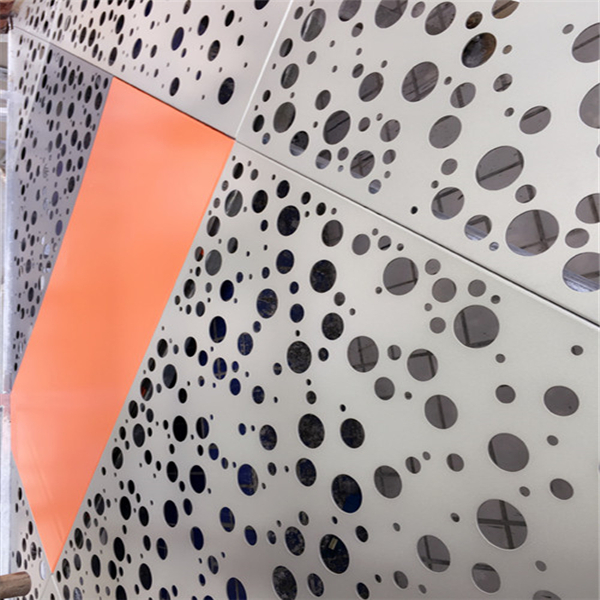
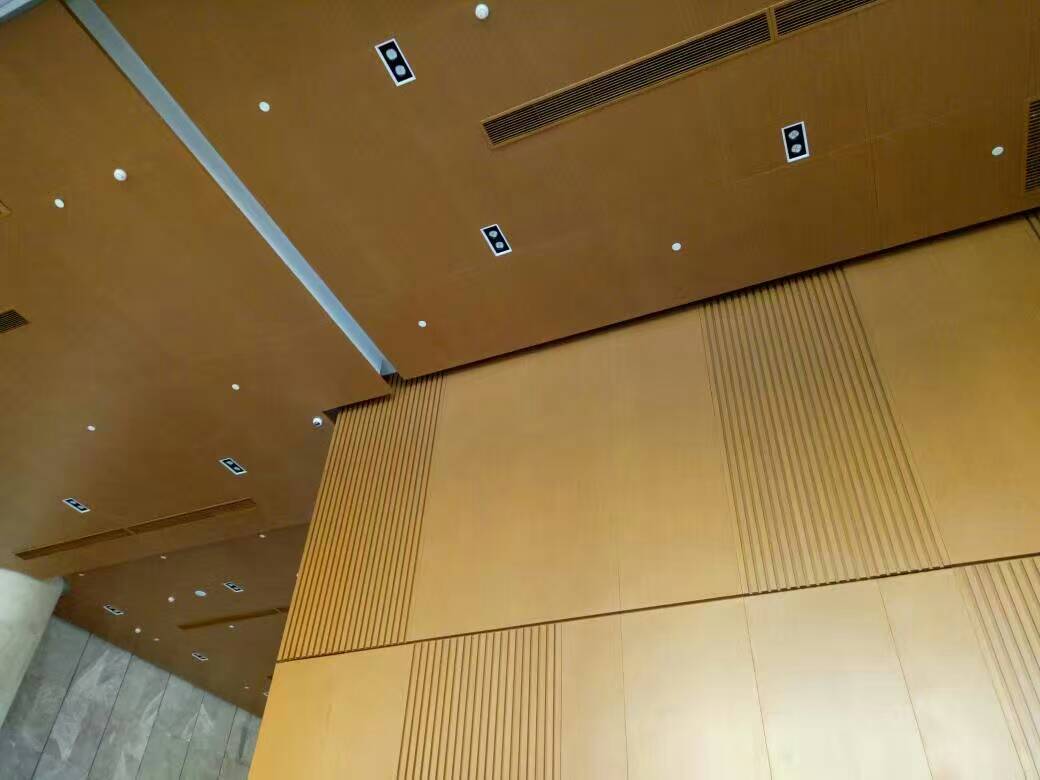
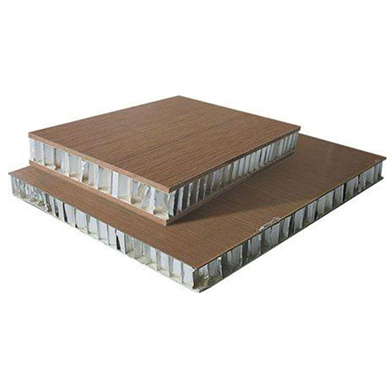
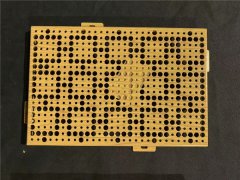
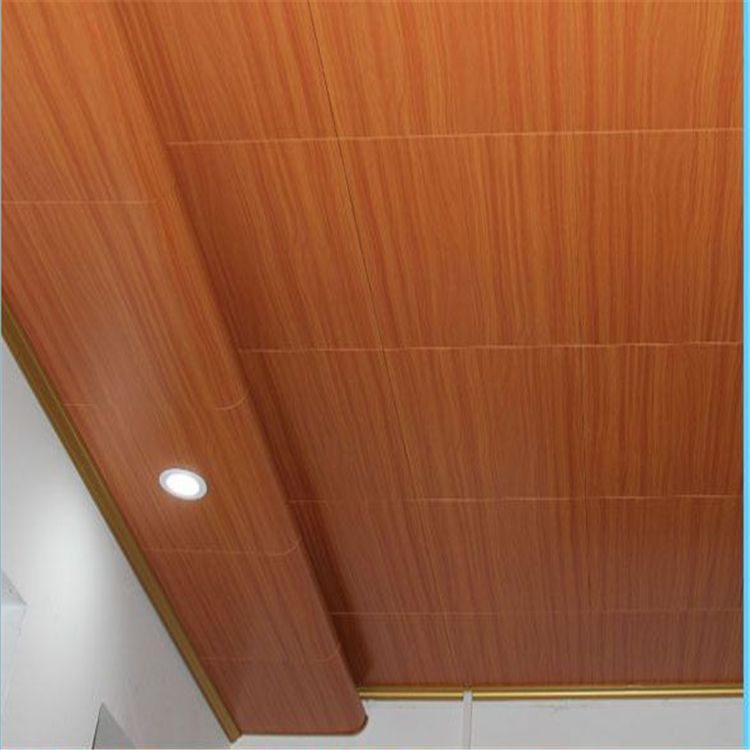
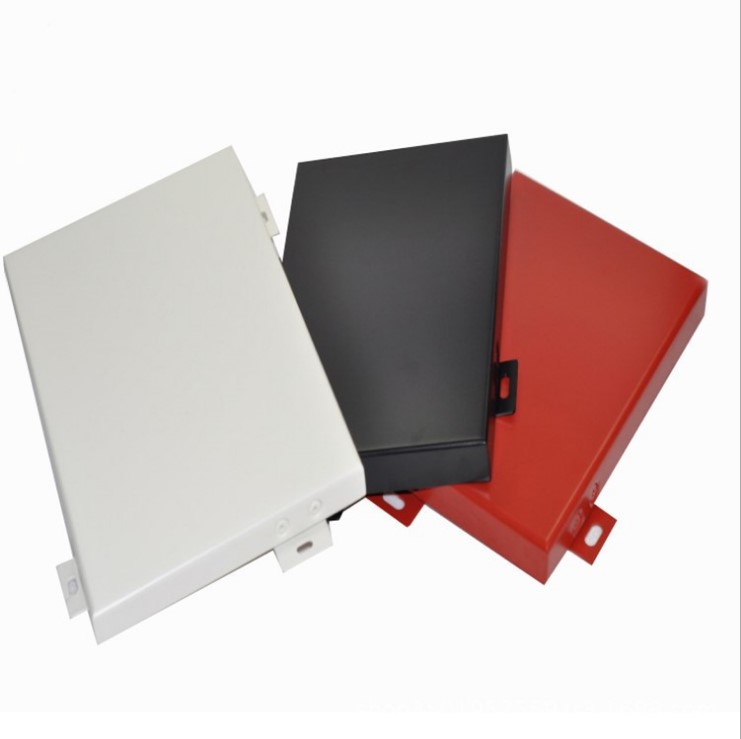
 Customer service QQ
Customer service QQ